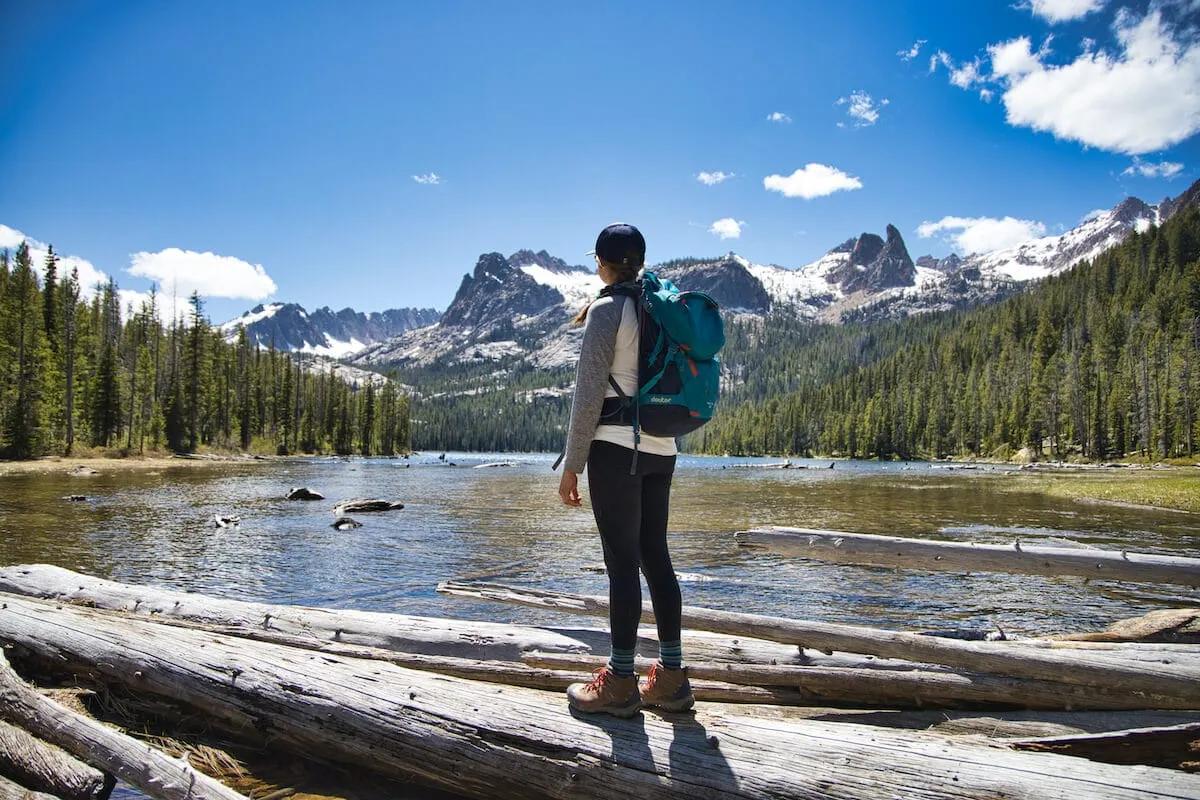
The Ultimate Guide to Hiking Alone Safety Tips: Expert Strategies for Solo Adventure
Hiking alone can be one of life's most rewarding experiences, offering unparalleled freedom and self-discovery. However, solo hiking requires careful preparation and safety awareness. As an experienced solo hiker who has explored countless trails across diverse terrains, I've compiled the most comprehensive guide to hiking alone safety tips to help you embark on your solo adventures with confidence. From Nature Guests, your trusted outdoor adventure resource.
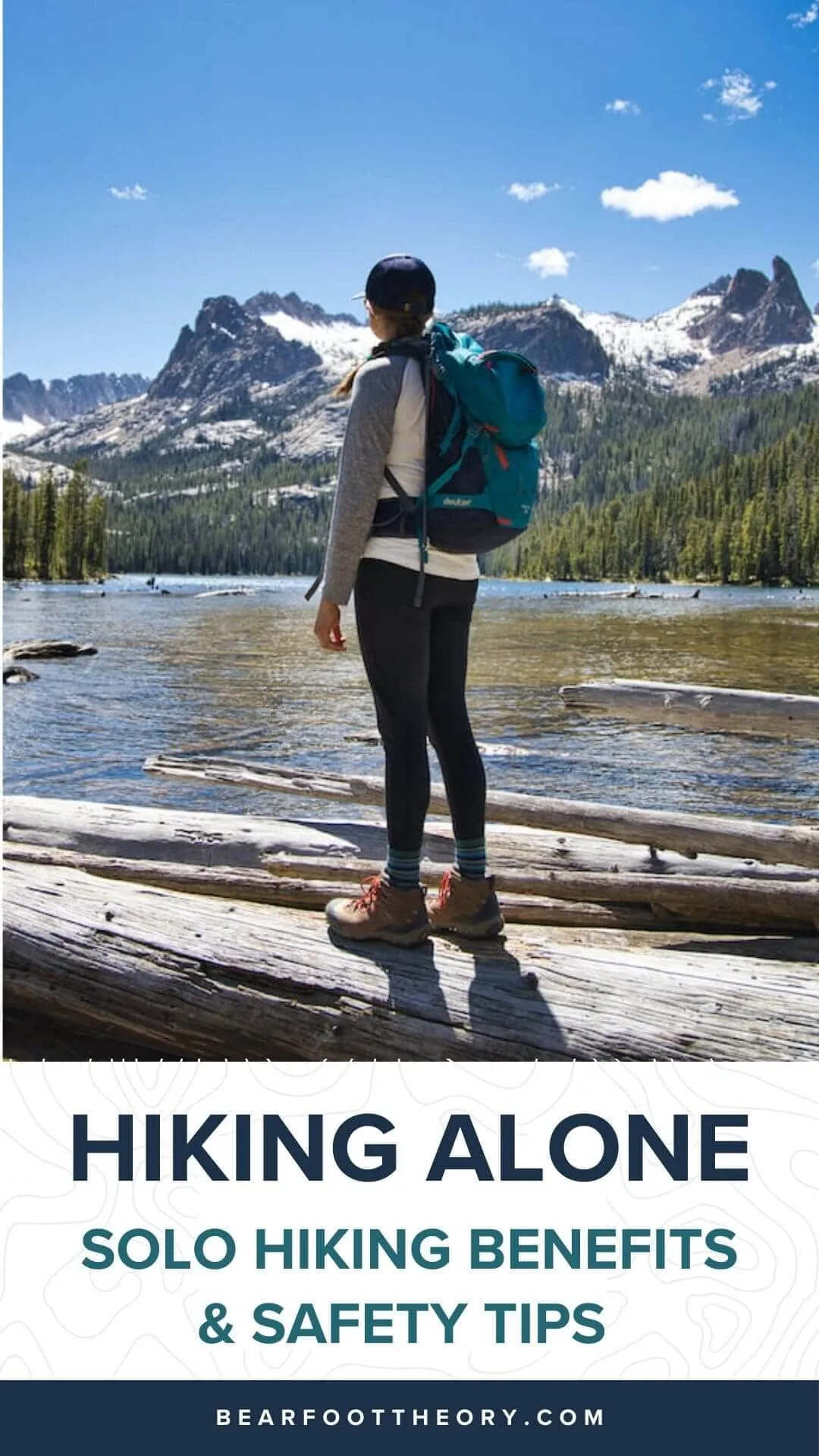
Pre-Hike Planning and Research: The Foundation of Safe Solo Hiking
The most critical aspect of hiking alone safety tips begins long before you hit the trail. Thorough planning and research form the foundation of every successful solo hiking adventure. During my years of solo hiking across diverse terrains from the Rocky Mountains to desert canyons, I've learned that preparation is your best defense against potential dangers.
Start by researching your chosen trail extensively. Study topographic maps, read recent trail reports, and check current conditions. Weather can change rapidly in mountainous regions, and what seems like a perfect hiking day at the trailhead can quickly become dangerous at higher elevations. I always check multiple weather sources and pay special attention to wind speeds, precipitation forecasts, and temperature variations.
Essential Navigation for Solo Hikers
Professional hikers recommend this GPS device for safe solo adventures
Get Garmin inReach Mini →Choose trails within your current fitness level and experience. Solo hiking is not the time to push your limits dramatically. I recommend starting with well-marked, popular trails that are slightly below your usual difficulty level. This approach builds confidence while maintaining safety margins. Consider factors like elevation gain, trail length, technical difficulty, and available water sources.
Understanding local wildlife patterns is crucial for implementing effective hiking alone safety tips. Research what animals inhabit the area and learn appropriate response protocols. In bear country, this means understanding the difference between black bear and grizzly bear encounters. Some regions require specific safety measures like group hiking safety rules, but solo hikers must be extra vigilant.
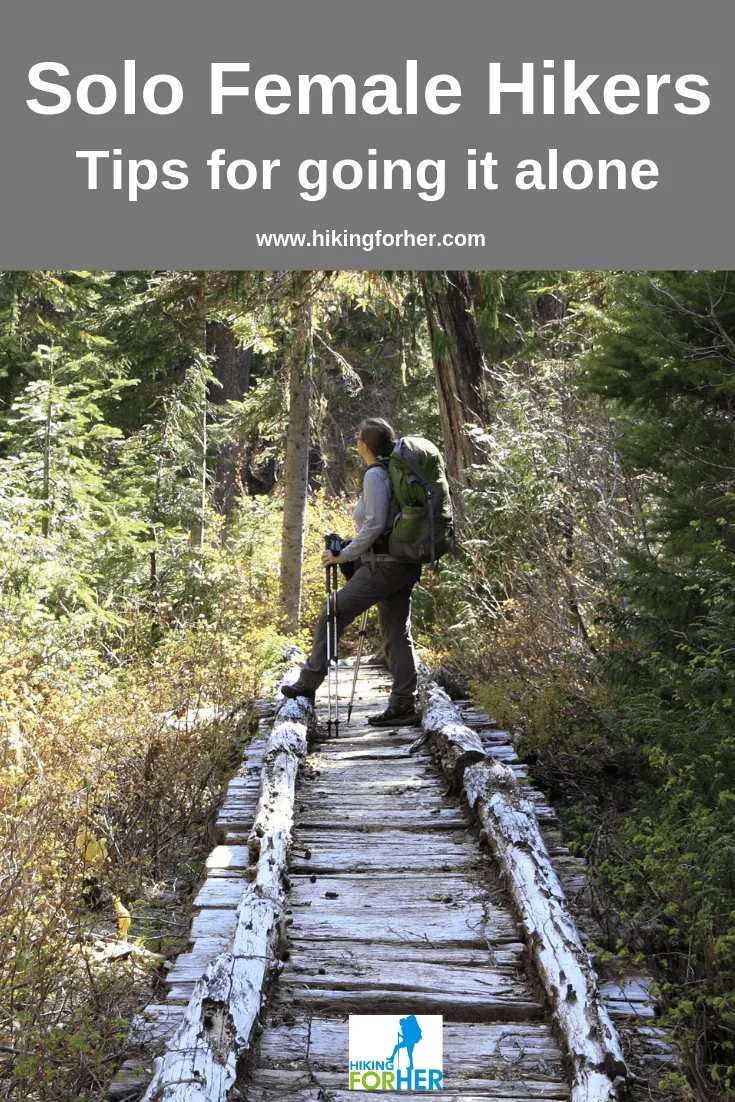
Communication Protocol: Your Safety Lifeline
One of the most fundamental hiking alone safety tips involves establishing a reliable communication protocol. Never begin a solo hike without informing a trusted contact about your detailed plans. This person becomes your safety lifeline and should know your exact route, expected return time, and emergency contact information.
I create a detailed trip plan that includes specific waypoints, alternative routes, and contingency plans. Share this information with someone reliable who will take action if you don't check in as scheduled. Include your vehicle description, license plate number, planned parking location, and the contact information for local search and rescue teams.
Expert Solo Hiking Safety Tips
Modern technology offers excellent communication solutions for solo hikers. Satellite communicators have revolutionized backcountry safety by providing reliable two-way communication even in areas without cell coverage. These devices allow you to send messages, share your location, and trigger emergency responses when needed.
Establish check-in protocols at predetermined times. I typically contact my safety person when I reach significant waypoints and always confirm my safe return. This systematic approach ensures that any deviation from the plan triggers appropriate response measures. Remember that proper hydration is essential for maintaining clear judgment during your hike, so refer to our guide on how much water per hike to stay properly prepared.
Essential Safety Gear: Your Solo Hiking Arsenal
Carrying the right safety equipment represents one of the most actionable hiking alone safety tips you can implement. When hiking solo, you become your own rescue team, medical responder, and survival expert. The gear you carry can mean the difference between a minor inconvenience and a life-threatening situation.
The Ten Essentials form the core of any solo hiker's safety kit. These include navigation tools, sun protection, insulation, illumination, first-aid supplies, fire starter, repair kit, nutrition, hydration, and emergency shelter. Each item serves multiple purposes and contributes to your overall safety margin.
Personal protection devices deserve special consideration for solo hikers. Bear spray proves effective against aggressive wildlife and potentially dangerous humans. A high-quality whistle can signal for help across long distances, while a reliable knife serves multiple purposes from food preparation to emergency cutting tasks. Always ensure you're trained in the proper use of any protection device you carry.
Wildlife Protection Essential
Ranger-recommended bear spray for solo hiker protection
Get Bear Spray →Water purification capabilities become critical when your planned water sources are compromised. Understanding various water purification methods ensures you can safely hydrate throughout your journey. Carry backup purification tablets, a reliable filter, or UV sterilization devices depending on your route and water source reliability.
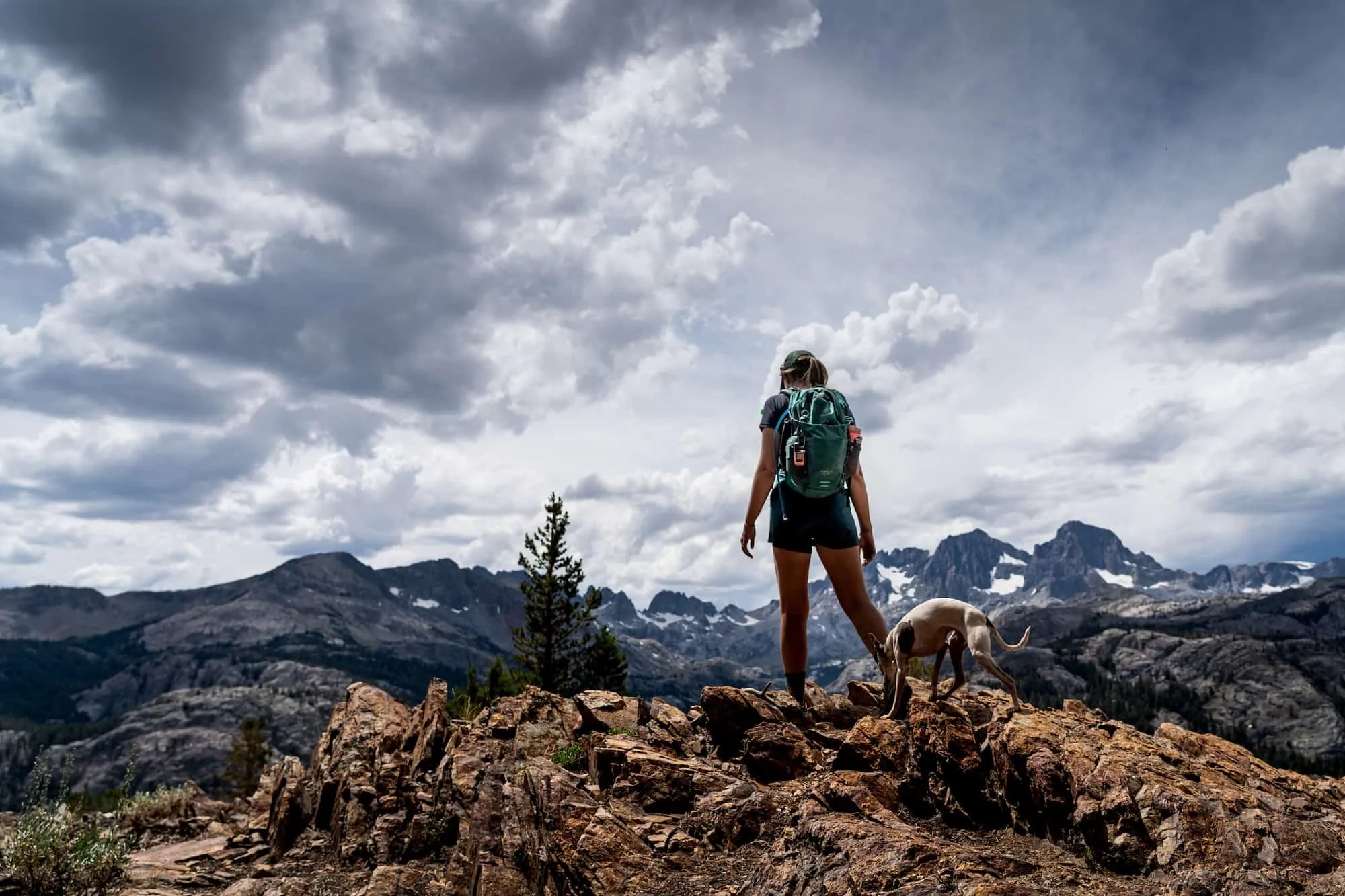
Wildlife Awareness and Protection: Coexisting Safely
Understanding wildlife behavior and implementing appropriate safety measures constitutes essential hiking alone safety tips for outdoor enthusiasts. Solo hikers face unique challenges when encountering wildlife because they lack the natural deterrent effect of group noise and the safety benefit of multiple observers.
Different wildlife species require specific response strategies. Bears demand respect and appropriate food storage practices. Mountain lions prefer stealth and may stalk solitary hikers. Venomous snakes present risks in certain regions and seasons. Research the specific wildlife risks for your chosen hiking area and learn appropriate response protocols for each species you might encounter.
Prevention Strategies
Make noise while hiking to avoid surprising wildlife. Solo hikers move more quietly than groups, increasing the chance of unexpected encounters. Clap your hands, talk to yourself, or use a bear bell in areas with poor visibility. This strategy proves particularly important around blind corners, near water sources, and in dense vegetation where animals might not detect your approach.
Proper food storage and waste management prevent wildlife from associating humans with food sources. Store food in bear-proof containers or hang it properly when camping. Pack out all trash, including food scraps and biodegradable items. Never feed wildlife, as this behavior creates dangerous associations that can lead to aggressive encounters with future hikers. Understanding safe trail snacking practices helps minimize wildlife attraction risks.
Time your hiking activities to minimize wildlife encounter risks. Many animals are most active during dawn and dusk periods. Planning your hiking schedule to avoid these peak activity times can significantly reduce encounter probability. Additionally, seasonal awareness helps you avoid sensitive periods like breeding seasons or times when animals are preparing for winter.
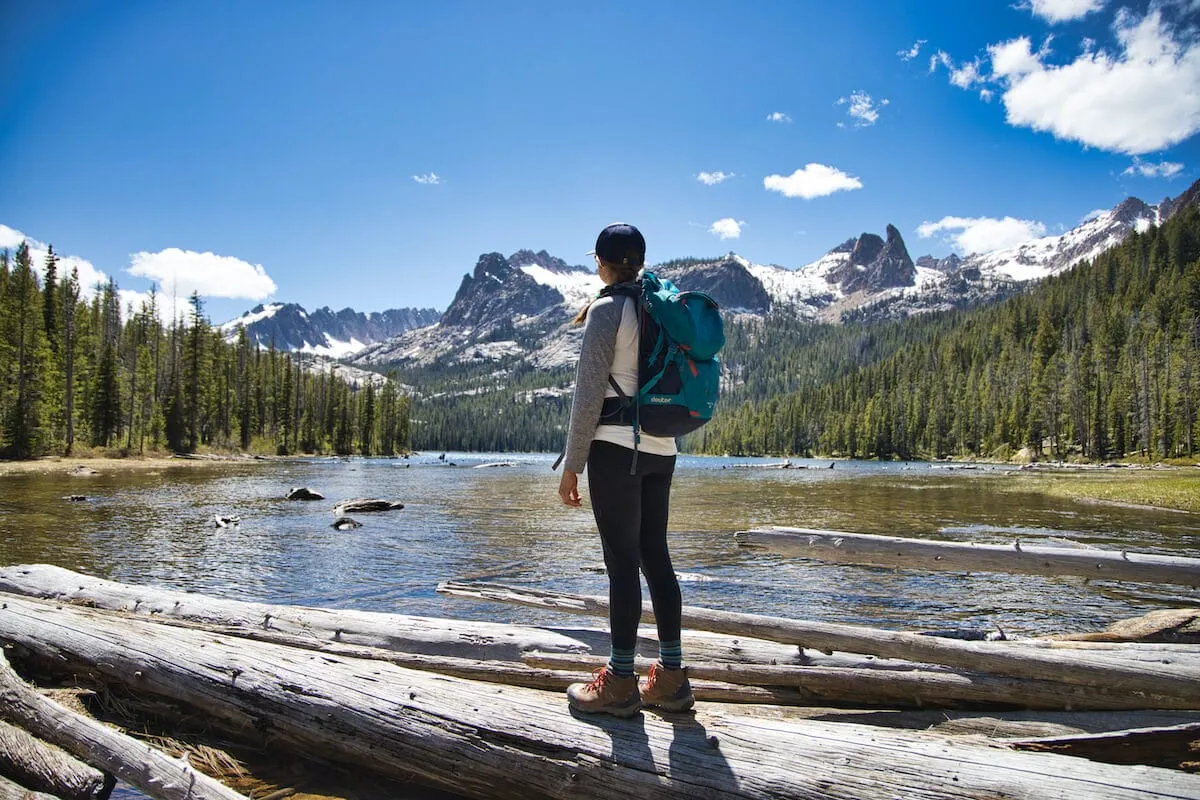
Trusting Your Instincts: The Ultimate Safety Tool
Perhaps the most important of all hiking alone safety tips involves learning to trust your instincts and make sound judgments under pressure. Solo hiking demands constant decision-making, from route choices to weather assessments to risk evaluation. Your intuition, combined with experience and knowledge, becomes your most valuable safety tool.
Develop your situational awareness through mindful hiking practices. Pay attention to changing weather patterns, trail conditions, your energy levels, and environmental cues. Solo hikers must become skilled observers because they lack the benefit of group discussion and shared decision-making. This heightened awareness actually becomes one of the greatest benefits of solo hiking, connecting you more deeply with your environment.
Decision-Making Framework
Create mental decision trees for common hiking scenarios before you encounter them on the trail. Consider what you'll do if weather deteriorates, if you feel unwell, if you encounter aggressive wildlife, or if you realize you're lost. Having pre-planned responses reduces stress and improves decision quality when facing actual situations.
Never ignore persistent feelings of unease or danger. Your subconscious mind processes thousands of environmental cues that your conscious mind might miss. If something feels wrong, stop and assess the situation thoroughly. Turn back if necessary – there's no shame in prioritizing safety over summit goals or predetermined destinations.
Build experience gradually to develop sound judgment. Start with familiar trails and progressively challenge yourself with more difficult terrain and conditions. Each solo hike contributes to your experience database and improves your ability to assess risks accurately. Consider joining experienced hikers occasionally to learn from their decision-making processes and safety practices. You can also learn from comprehensive resources about hiking alone safety tips to continuously improve your skills.
Complete Solo Hiking Safety Kit
All-in-one survival kit designed for solo outdoor adventures
Get Complete Safety Kit →Conclusion: Embracing Solo Hiking with Confidence
Implementing these comprehensive hiking alone safety tips transforms solo hiking from a potentially risky activity into a manageable and deeply rewarding adventure. The freedom and self-discovery that come with solo hiking make the additional preparation and awareness worthwhile. Every safety measure you implement increases your confidence and allows you to focus on the incredible experiences that solo hiking provides.
Remember that developing solo hiking skills takes time and experience. Start conservatively, build your knowledge systematically, and gradually expand your comfort zone. Each successful solo hike contributes to your skill set and confidence level. The investment in safety equipment, training, and planning pays dividends in enhanced enjoyment and peace of mind throughout your outdoor adventures.
Solo hiking offers unparalleled opportunities for personal growth, deep nature connection, and incredible adventures. By following these proven safety strategies, you'll be well-prepared to explore the outdoors independently while maintaining appropriate safety margins. The trails are waiting – embrace the adventure with confidence, preparation, and respect for the natural world that makes these experiences possible.
Ready for Your Solo Adventure?
Start planning your next solo hiking adventure with confidence using these proven safety strategies.
Explore More Hiking Guides →
